The Fascinating Secret to a Hamster’s Lifespan Revealed: Unveiling the Hamster Life Expectancy
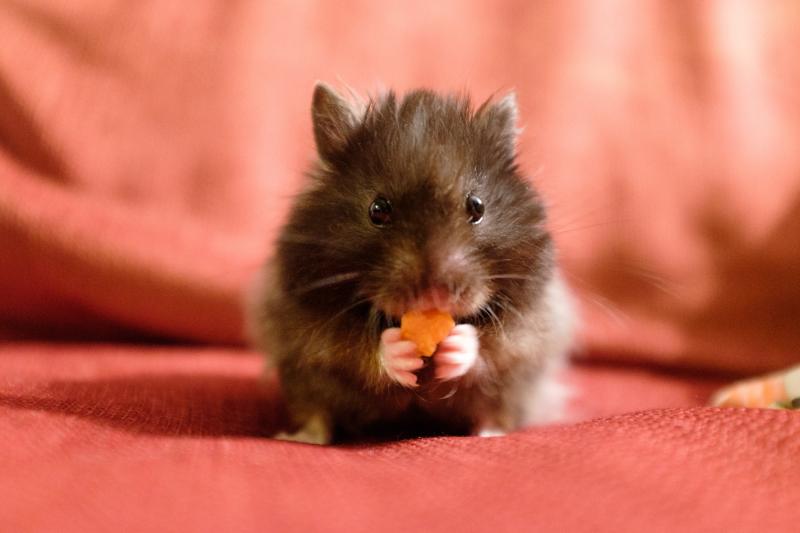
Did you know there’s more to your furry friend’s life expectancy than you may think? The well-being of your pet hamster is influenced by factors many pet owners often overlook. Just like any other creature, hamsters thrive in certain conditions and their overall lifespan can be significantly affected by their care routine. In this guide, we will be unveiling the secrets of enhancing the life expectancy of your lovable rodent delicately.
Boosting Hamster Life Expectancy: A Matter of Diet

It all starts with what your pet munches on daily. The dietary needs of hamsters are quite specific and can have a profound impact on their health and longevity. Commercially prepared hamster food, typically in pellet form, is usually the safest bet to meet their dietary needs.
What’s on the Menu?
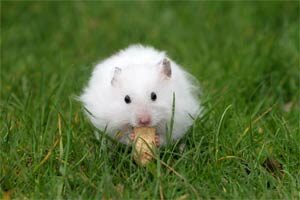
Your hamster’s diet should consist of the following:
- Pellet-based hamster food
- Occasional healthy treats – Cheerio cereal, a small piece of bread, or a bit of dog biscuit
Remember that treats should never replace the staple diet of nutritious hamster-specific food!
See Related: 10 Fascinating Facts About Hamsters
Finding the Right Balance: Exercise and Hamster Life Expectancy
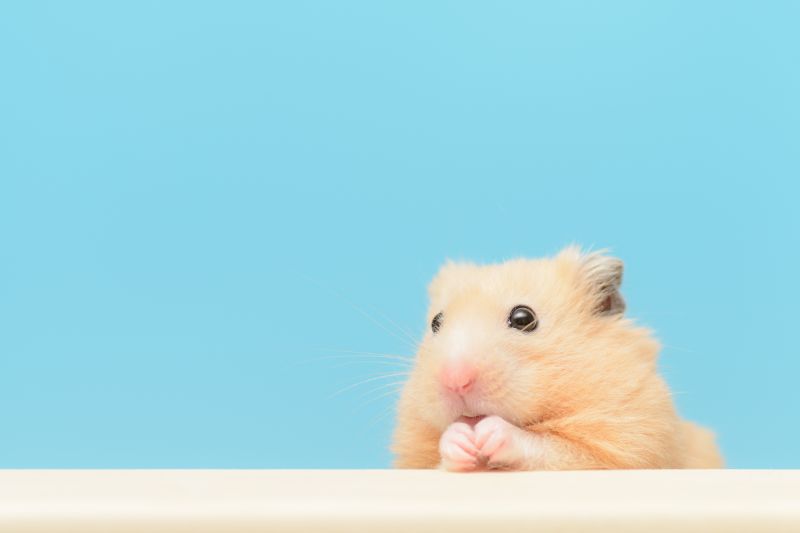
Physical activity is another crucial factor in extending your hamster’s lifespan. Giving your cuddly friend ample opportunity to move about, whether in specially-designed hamster balls or monitored exploration in safe areas of your house, will definitely contribute to healthier and happier life.
See Related: When Hamster Wet Tail Strikes: Understanding the Causes, Symptoms, and Treatment
Safe Hamster Exercise Tools
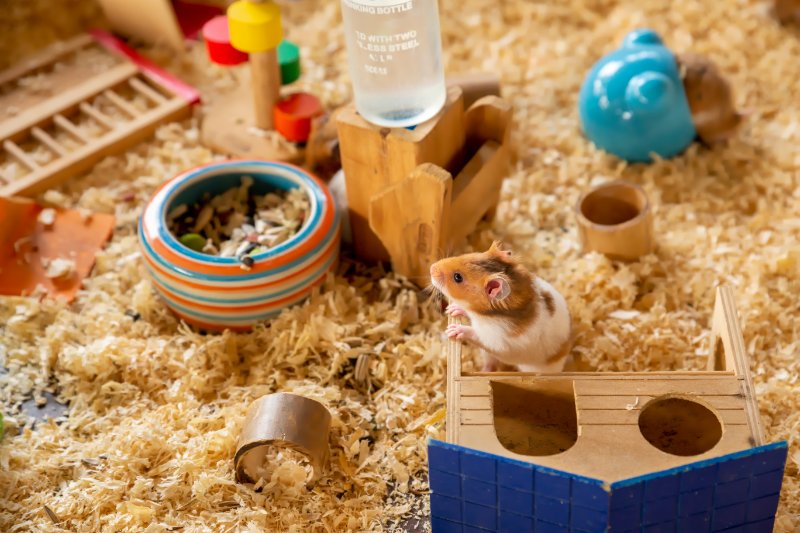
- Exercise wheel
- Hamster ball
Creating the Ideal Hamster Environment
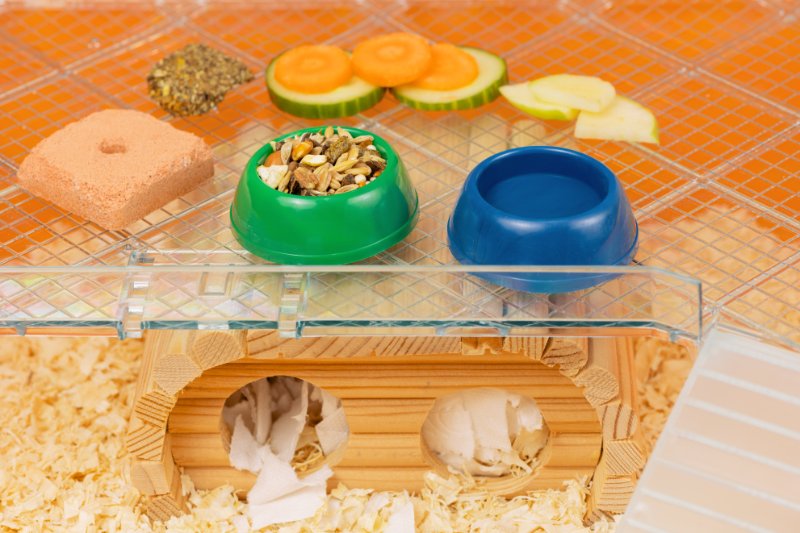
Last but not least, the habitat you provide for your hamster is of prime importance. Just like us people, hamsters thrive in clean, non-toxic conditions and a comfortable living environment.
What Makes a Happy Hamster Habitat?
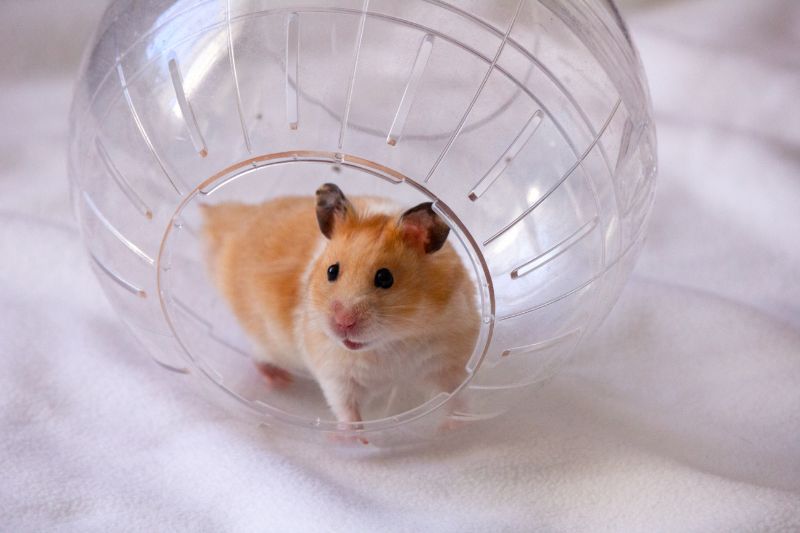
Here are some essential elements for a hamster-friendly environment:
- Safe and absorbent bedding such as shredded newspaper, wood chips, and processed corncob
- Regular cleaning to avoid bacteria and mold build-up
With the tips provided in this guide, you’re now well-equipped to provide the best care to your pet hamster, and in turn, enhance their life expectancy. Remember, a healthy hamster is a happy hamster!
For more on this fascinating creature, check out these articles: